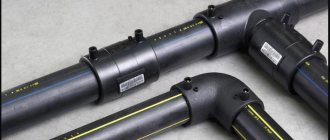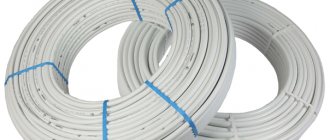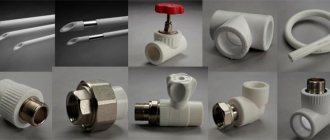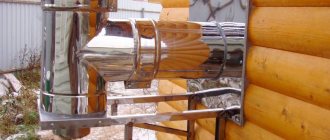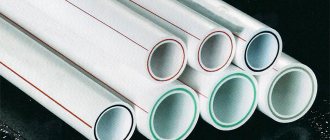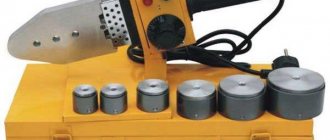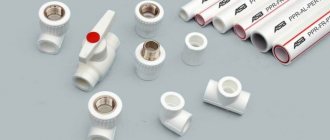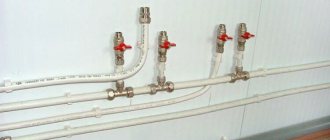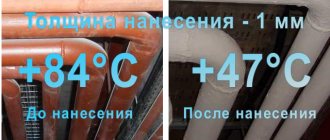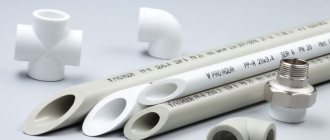The main types of adhesives
If you need glue for plastic, then you should know that it comes in two varieties: thermosetting and thermoplastic. The first is based on epoxy, thermosetting and polyester resins. The second category of adhesives can be divided into two directions, the first is made on the basis of rubbers, while the second is based on resins.
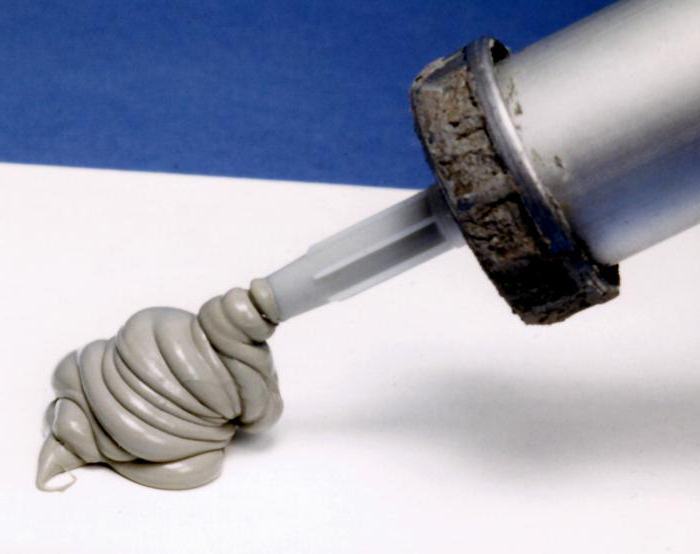
Thermoplastic compounds soften materials and dissolve under the influence of temperature. If we compare them with thermosetting ones, they do not change their chemical structure when glued, which is a significant plus. Adhesive for polypropylene can also be divided by the number of components, such mixtures can be one- or two-component. The first ones are presented ready-made in one package. This includes the Moment glue for polypropylene. And the latter are packaged in two packages, each containing ingredients for mixing. As an example of a one-component composition, consider Cosmoplast 500, which is used to join profiles in window production. If you need a two-component composition, then you can use epoxy resin adhesive, which is made on the basis of a hardener and epoxy resin. Two-component adhesive has the advantage of long shelf life. The reason is that the ingredients do not come into contact before the combination and no curing occurs.
Bonding preparation process
Preparation is required before gluing polypropylene parts. It consists in checking everything necessary and assembling the general structure without the presence of glue in order to put marks in the places where it is needed.
An example of preparation for gluing polypropylene pipes:
- It is necessary to make sure that the air temperature of the room where the bonding will take place fluctuates between + 5 ° C - + 35 ° C.
- It is important to check the availability of tools. A glue gun, pipe cutters and a natural bristle brush should be at hand.
- With scissors (pipe cutters) it is necessary to cut the pipes into segments of a certain length.
- Next, it is advisable to clean the edges of the slices using sandpaper. Any burrs that might obstruct the sealing of the joint must be removed.
- Now you need to assemble the entire structure, try on and make marks with a marker at the places of future gluing, as well as marks the depth of entry into the pipe fittings. Then you can disassemble the structure.
- Stir the glue well before application. The marked areas must be degreased and cleaned with cleaners.
Main characteristics of Cosmoplast 500 glue
The aforementioned polypropylene adhesive acts as a one-component compound that can be used in industry and household. It can be used to glue joints at a 45 ° angle. This mixture outperforms its counterparts in a shorter drying time. The composition is resistant to water, cold and heat. It has an approximate drying time of 3 seconds and a final cure time at 20 ° C is 16 hours.
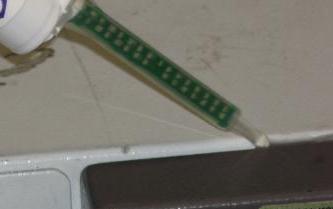

Operating instructions Cosmoplast 500
If you decide to use the above glue for polypropylene, you should first familiarize yourself with the features of its use. It is necessary to use the mixture from a measuring container or together with Cosmoplast CA, which is a measuring device.The application should be carried out on one side of the surface, which must first be cleaned of dirt and dust and dried. Cleaning can be carried out using special means like "Cosmofen 60". Surfaces must be bonded and pressurized for a specified time before drying in the open air. Due to the low viscosity, the described composition may not withstand the tension of the glued gap. If there is a need to connect large gaps, then at the discretion of the Cosmoplast 564 can be used.
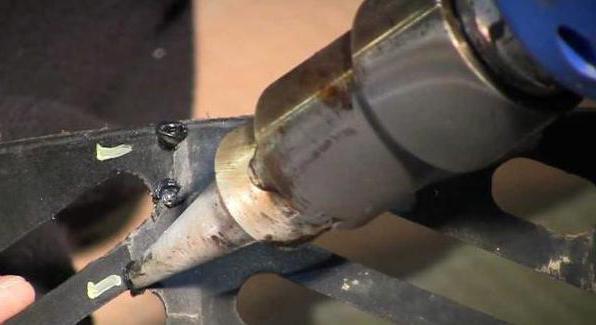

Emergency repair of water supply and heating pipes
Installing sealant in the gun
The cause of the leak can be found in the wrong assembly of units or an illiterate selection of system components. Deterioration and operating conditions affect. For any reason, the leak must be eliminated urgently: the water pressure will expand the crack, exacerbating the problem. One of the advantages of plastic pipes is the possibility of emergency repairs with improvised means. To eliminate leaks on metal counterparts, at least a grinder and press pliers for copper pipes will be needed to cut out the damaged area and install a new one using fittings or threaded connections. The question of how to glue the plastic pipe is easier to solve: even the epoxy glue available on the farm will do. The craftsmen who work professionally with plumbing equipment also have special repair kits, including glue for HDPE pipes, sealing tape or silicone gel. Elimination of a small leak is carried out in stages:
A polymer commonly used in the construction of various plastic objects, including piping. Extruded milky plastic. A pipe made primarily of rubber used in the automotive industry to supply air or fuel from various parts of the engine.
The chemical composition of macromolecules consisting of different monomers. Lightweight and fine fabric with a rough surface. Decoration with details. Low molecular weight carbohydrates that appear as an amorphous, hygroscopic, water-soluble powder. A product obtained from the decomposition of starch by heating or hydrolysis.
- The system is disconnected from the water supply and dried. Attempts to wrap a pipe under pressure will not be successful: the edges of the crack will not come together tightly, and the water will not allow the glue to fully seize.
- With alcohol or acetone composition, the area is degreased and cleaned of dirt. Light sanding will give the roughness necessary for a tight bond.
- Any technique is suitable for gluing, but the method of strengthening the spirally applied plumbing sealing tape is called more durable and durable.
- Silicone gel will only cope with pipes that are not designed for strong internal pressure of the media, and temporary repair of small cracks.
- When choosing a sealant, it is necessary to check the type: neutral is suitable for all types of media, acidic will not withstand similar solutions. When choosing how to glue a heating pipe or water supply, give preference to the type of sealant that suits you for the price, everyone will cope with their task.
- The composition is applied to the pipe with an assembly gun and leveled. The edges of the crack that is being glued must be as wide as possible so that the compound penetrates the inner surface. At this stage, the master needs the help of an assistant knocking out a section of the pipe.
- The gluing of polypropylene pipes takes from 12 hours to a day, water can only be started up after this period. The test run is done smoothly and gradually so that the water hammer does not damage the seam.
Epoxy two-part adhesive for PP pipes is also used, but before application, the components are mixed according to the instructions.
Polymer and Elastomer. Sintered polystyrene foam is commonly referred to as polystyrene foam. It is also used to protect objects.Natural or synthetic substances with physicochemical properties that allow large elastic deformations to be experienced. Elastomers include rubber, latex, neoprene, and silicone.
Cyclic ethics associated with the preparation of solvents and plastics. A macromolecular compound formed by cyclic ethers involved in the production of solvents and plastics. Edge such as table edge, frame, etc. Cuts the corner. Refers to the action of pushing plastic through a filament to fluidize it.
Cleaning the glue
The adhesive for gluing polypropylene can be cleaned while it is still dry using the Cosmoplast 597 preparation. Rinsing the measuring container from non-dried glue is carried out using the same tool. If the glue has already dried, then you can clean it manually. When surfaces contain solvent, the already cured adhesive can be completely removed.
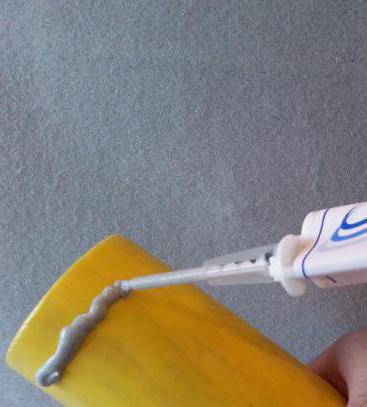

Characteristics of Dow Corning 7091 Adhesive Sealant
This polypropylene adhesive sealant is a viscous fluid mass that is used to seal joints and protect various surfaces. The composition can be used for gluing homogeneous materials to each other. Among the main characteristics of this glue are the following:
- the ability to seal and glue different materials;
- heat resistance;
- resistance to ultraviolet rays;
- durability;
- high adhesion to different materials;
- high elasticity of the seam.
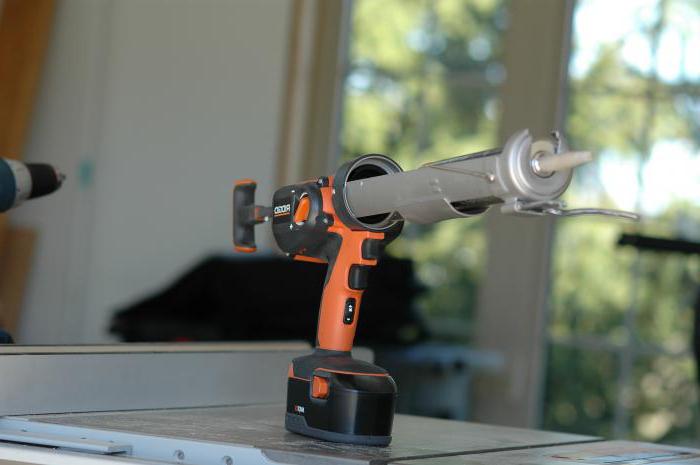

It should be remembered that the sealant can be acidic, which indicates that the composition has the ability to release a certain amount of acetic acid during the curing process. This can lead to the destruction of non-ferrous metals and their corrosion. This should also include marble and some other materials. This adhesive is versatile, convenient and easy to use, has the qualities of water resistance and resistance to chemicals and vibration. It can be operated at temperatures from -55 to +180 ° C. This transparent polypropylene adhesive cures at room temperature and has good adhesion to common materials without additional priming. The composition is capable of acting as an adhesive with a layer thickness of up to 5 mm; it can be used as a sealant if a layer of up to 25 mm is formed. When applied, it has a pasty, non-sticky consistency. After completing the curing phase, the consistency resembles elastic rubber. Among the qualities should be highlighted the ability to seal homogeneous materials and those that have a different coefficient of thermal expansion.
How to glue the elements together?
In order to use polypropylene adhesive, including transparent Moment, no special knowledge is required. You just need to follow the instructions or rules below. So, in order to glue the surfaces, you need:
- be sure to clean and degrease them, even if this is not indicated in the instructions;
- apply adhesive on both surfaces with a thin layer;
- fix the connection well for about 3 minutes;
- leave the processed products at rest for several hours to completely dry the solution.
As you can see, working with glue for polypropylene is practically no different from gluing parts with the usual transparent composition Moment. The only thing to remember is that all actions must be carried out in protective gloves, because some components of the solution can cause allergic reactions or skin irritation. In case of accidental contact with the eyes, rinse them immediately with plenty of clean water and, if necessary, consult a doctor. It is impossible for the adhesive to be nearby, and even more so on food products.
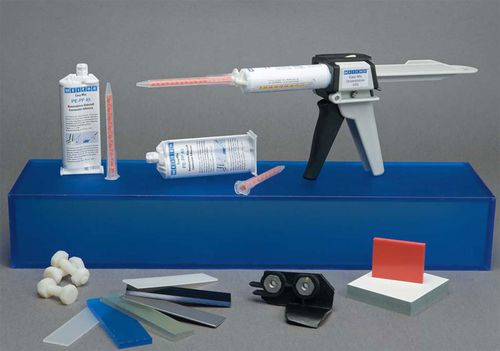

Causes of defects
In some cases, after gluing with polypropylene adhesive, defects may appear at the joints. Most often this occurs due to the presence of small irregularities or uneven application of the adhesive composition. This only leads to partial adhesion of the surfaces. In addition, the surfaces may not stick together at all. This happens because the solution had time to dry before the connection was fixed. It must be remembered that all work must be done accurately and quickly. The skew of the glued surfaces is also possible. This is due to either insufficient fixation of the parts, or their incorrect connection.
Application features
Sealing surfaces must be degreased, cleaned and dried. Degreasing is possible with solvents such as acetone or isopropyl alcohol. The required amount of sealant should be applied to one of the surfaces, and then connect the two bases. It is possible to correct the relative position of parts within 15 minutes after application, until a film forms on the surface of the glue. If the conditions of room temperature and relative humidity of 50% are met, then the vulcanization rate will be 2 m per day. If the moisture content is reduced, the setting time will increase.


